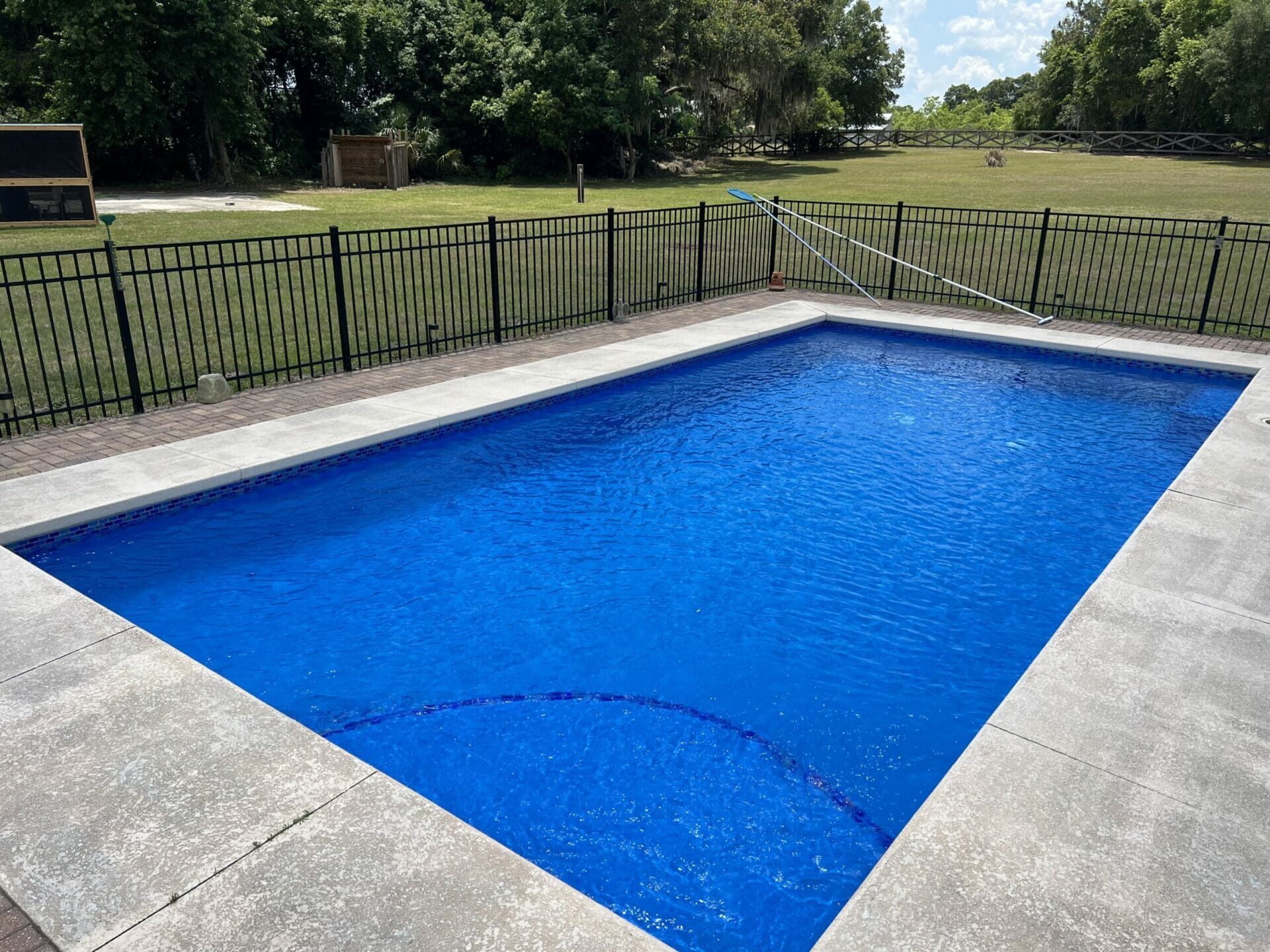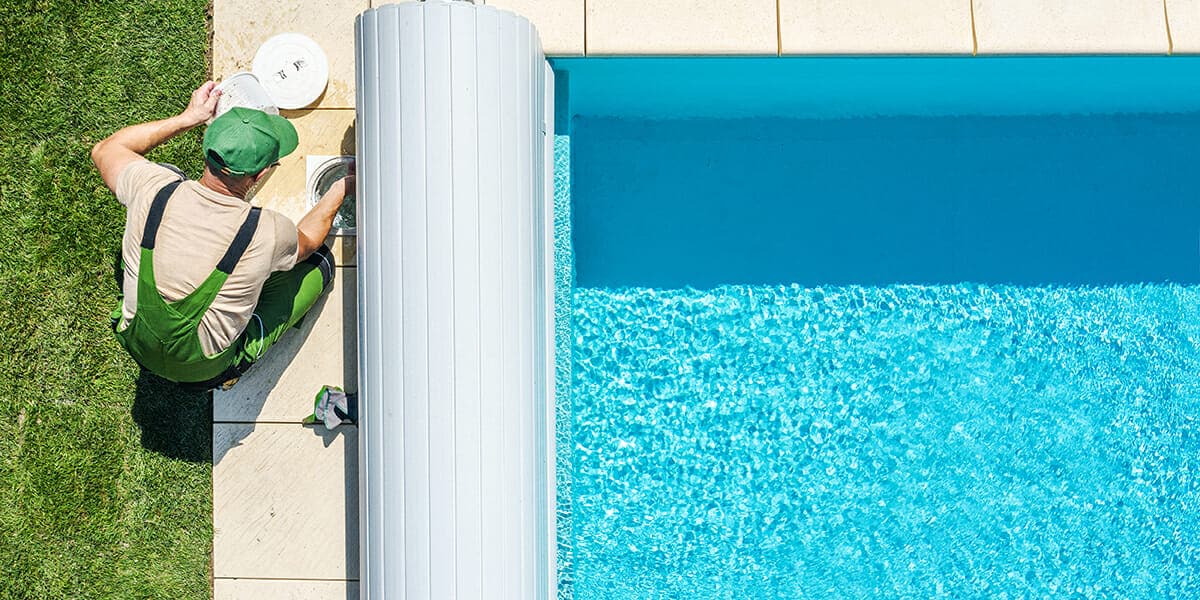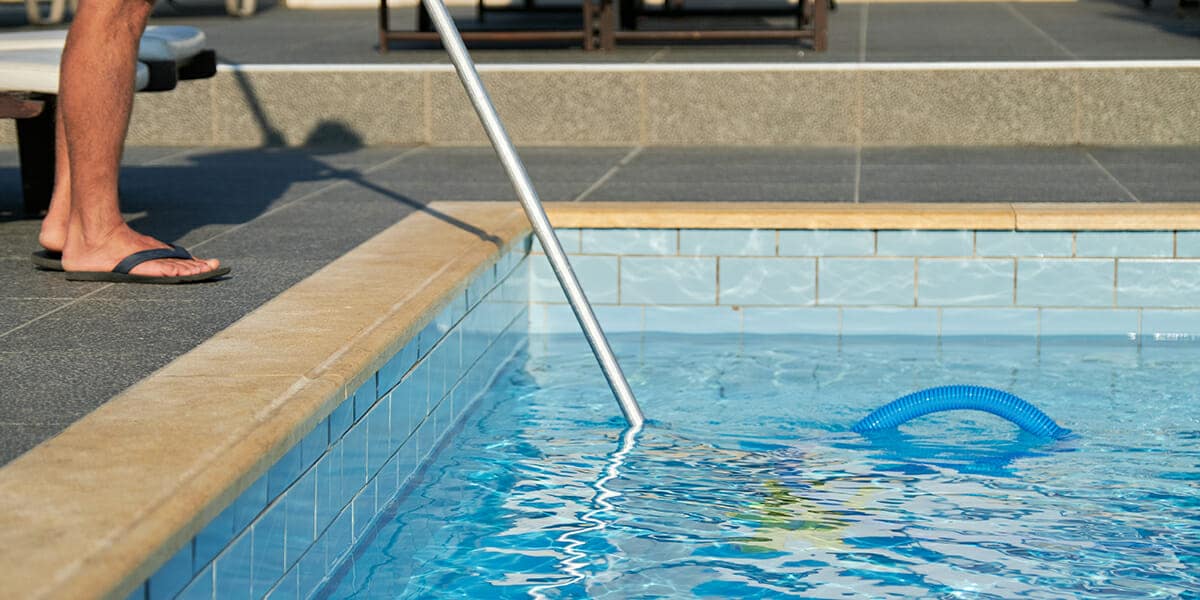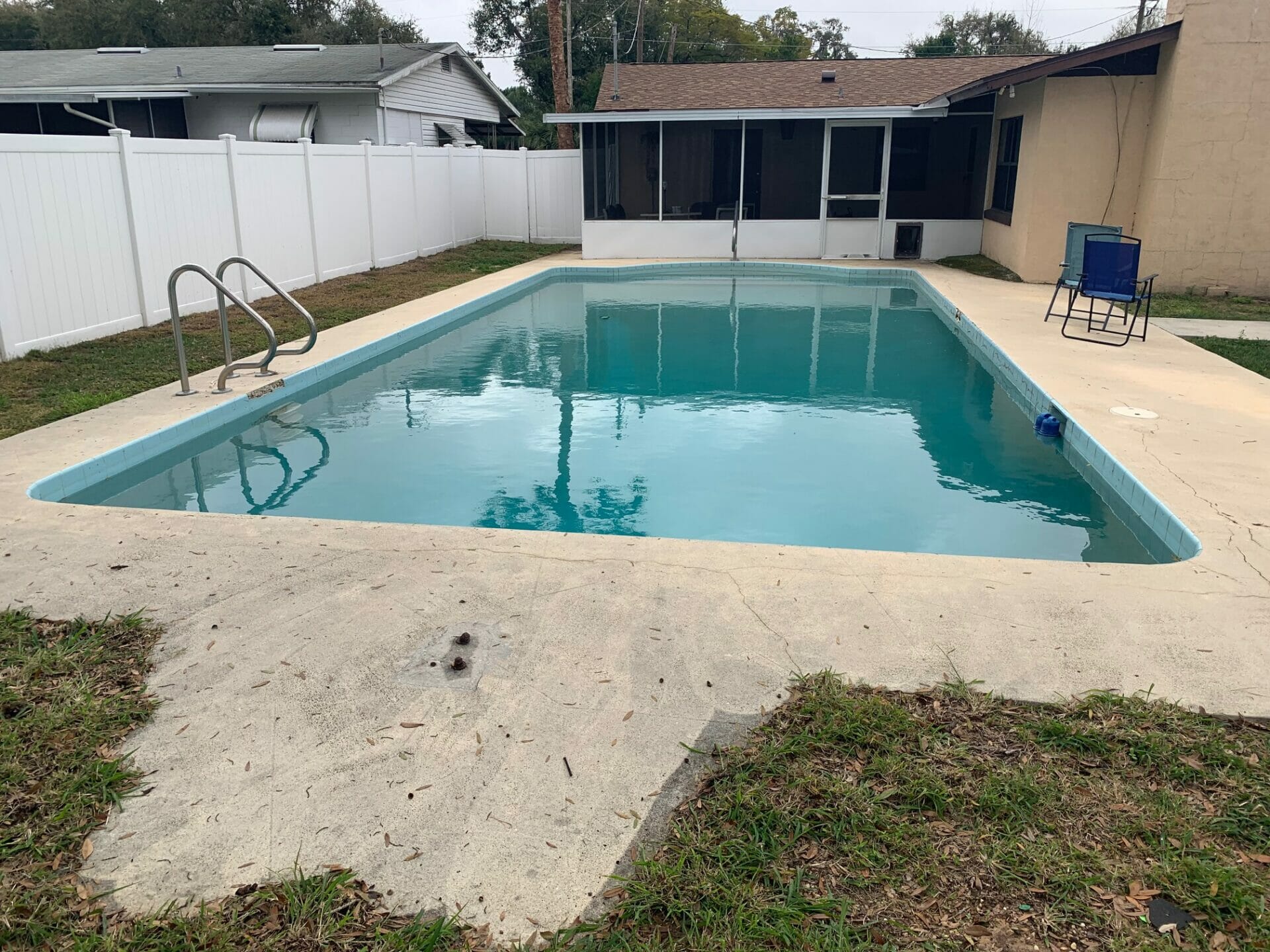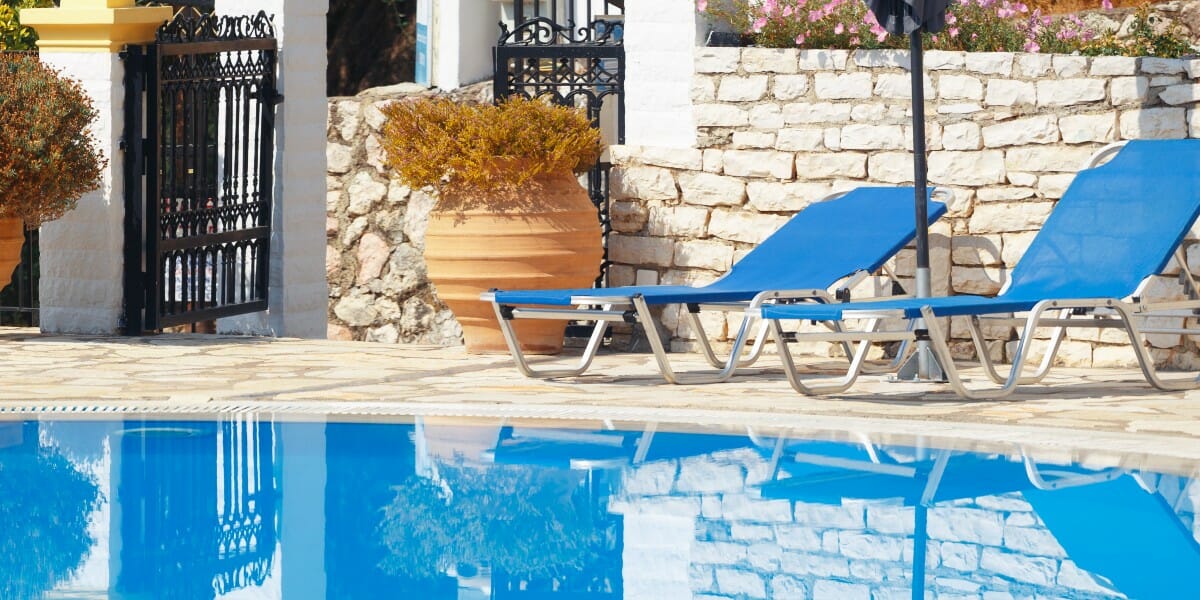Resurfacing your pool is a vital maintenance task that ensures your pool remains beautiful, functional, and safe for use. However, understanding the cure time for pool resurfacing is crucial for a successful project. This comprehensive guide will walk you through everything you need to know about pool resurfacing cure time, from the basics to detailed steps, and common FAQs.
What is Pool Resurfacing?
Pool resurfacing is the process of applying a new finish or coating to the interior surface of a swimming pool. Over time, the original surface can deteriorate due to wear and tear, chemical imbalances, weather conditions, or age. Resurfacing restores the pool’s appearance, smoothness, and functionality, ensuring a safe and enjoyable swimming experience.
Why is Pool Resurfacing Important?
Pool resurfacing is essential for several reasons:
- Safety: Resurfacing eliminates cracks, rough spots, and other surface imperfections that can cause injuries.
- Longevity: It helps prolong the lifespan of your pool by addressing issues early.
- Aesthetics: Resurfacing gives your pool a fresh, updated look.
- Value: A well-maintained pool can increase the value of your property.
Types of Pool Surfaces
Clements Pool Services & Remodeling offers various pool surfaces to meet different tastes and needs. Here are some popular options:
Quartz Surface
Quartz is a mix of quartz aggregate and polymer-modified cement, providing strength and water resistance. It offers an aesthetically pleasing and reliable finish.
Pebble Surface
A blend of durable pebbles and other aggregates, a pebble surface provides a strong finish with added traction, making it ideal for active pool-goers.
Glass Bead Surface
Combining standard pool finish materials with rounded glass beads, this surface creates a striking mosaic look. It’s durable and visually appealing, perfect for larger pools.
Pool Resurfacing Cure Time: Step-by-Step Guide
Understanding the cure time is essential for a successful pool resurfacing project. Here’s a detailed breakdown:
1. Preparation Phase
Duration: 1-2 days
- Draining the Pool: This step involves removing all the water from the pool.
- Cleaning the Surface: The old surface is cleaned thoroughly to remove debris and dirt.
- Repairing Cracks and Chips: Any structural damages are fixed before applying the new surface.
2. Application Phase
Duration: 2-5 days
- Priming the Surface: A primer is applied to ensure the new surface adheres properly.
- Applying the New Finish: The chosen finish (quartz, pebble, or glass bead) is applied. This step can take a few days depending on the pool size and finish type.
3. Curing Phase
Duration: 7-14 days
- Initial Curing: The new surface needs to set and harden. This initial curing period usually lasts 7 days.
- Final Curing: To achieve full strength and durability, the final curing can take up to 14 days.
Factors Affecting Cure Time
Several factors can influence the cure time of pool resurfacing:
- Weather Conditions: Hot, dry weather can speed up curing, while cold, wet weather can slow it down.
- Type of Finish: Different finishes have varying cure times.
- Pool Size: Larger pools may require more time for the surface to cure properly.
Maintaining Your Resurfaced Pool
Proper maintenance ensures the longevity of your resurfaced pool. Here are some tips:
- Regular Cleaning: Keep the pool clean to prevent algae and stains.
- Balanced Chemicals: Maintain proper chemical levels to avoid surface damage.
- Scheduled Inspections: Regular check-ups can catch and address issues early.
FAQs
What is Pool Resurfacing Cure Time?
Pool resurfacing cure time refers to the period required for the new surface to set and harden fully. It typically involves an initial curing period of 7 days and a final curing period of up to 14 days.
How do I Know if My Pool Needs Resurfacing?
Signs that indicate your pool may need resurfacing include visible cracks, rough textures, stains, excessive water loss, and discoloration. A professional inspection can determine if resurfacing is necessary.
What Should I Expect After Pool Resurfacing?
After resurfacing, you can expect enhanced aesthetics, improved durability, a smoother texture, and easier maintenance. The pool will have a fresh, clean appearance and be more resistant to damage.
How Much Does Pool Resurfacing Cost?
The cost varies depending on factors such as pool size, finish type, extent of repairs, and location. It’s best to contact a professional pool resurfacing company for a personalized quote.
Why is Pool Renovation Important?
Pool renovation is important for upgrading features, personalization, structural integrity, and increased enjoyment. It allows you to enhance your pool’s functionality, appearance, and safety.
Conclusion
Pool resurfacing cure time is a critical aspect of maintaining and enhancing your pool. By understanding the process and factors involved, you can ensure a successful resurfacing project that will keep your pool looking and functioning beautifully for years to come. For expert pool resurfacing services, trust Clements Pool Services & Remodeling to deliver exceptional results tailored to your needs.
Get in Touch Today
Contact Clements Pool Services & Remodeling to get a custom quote and see how we can help with your pool resurfacing and renovation needs.
